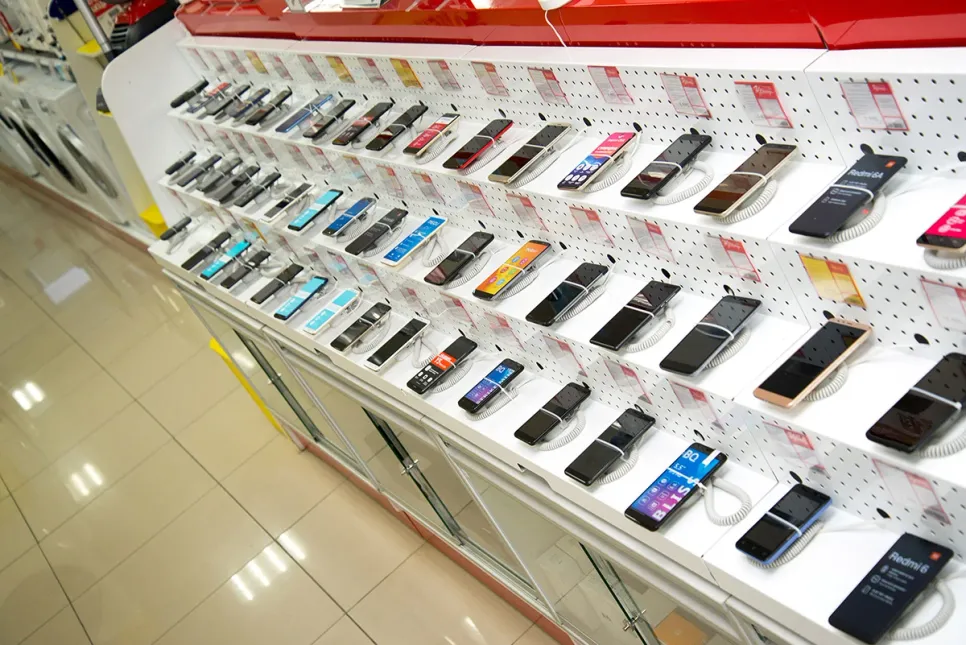CEOs Believe Their Executive Teams Lacks AI Savviness
Only 44% of CIOs are deemed by their CEOs to be “AI-savvy”, according to a survey by Gartner.

Western Europe's smartphone market faced a continued slump in the first quarter of 2023, dropping 13% to 23.7 million units of shipments, according to Canalys. This is a direct result of challenging economic conditions driving lower consumer demand and extended purchasing cycles. However, a glimmer of hope has appeared with Canalys' latest forecast predicting a rebound of 6% growth in 2024, signaling a potential market revival.
Samsung claimed the top spot with a 35% market share, despite a fall of 16% year-on-year. “Samsung has shifted its focus further toward the mid-to-high-end segment in Western Europe, motivated by better revenue drivers, higher profit margins, and stronger potential for ecosystem integration,“ said Runar Bjørhovde, Analyst at Canalys.
“According to Canalys estimates, in 1Q23, Samsung’s ASP rose by 11%, resulting in a 6% decline in the total value of devices shipped. Apple’s shipments this quarter grew by 1% compared to 1Q22, driven by the sale of iPhone 14 Pro and Pro Max. Apple remains the most resilient vendor in Western Europe, supported by the most loyal user base in the region combined with high popularity among switchers.“
Xiaomi defended third place with a 15% market share, despite a 17% year-on-year decline. OPPO and TCL completed the top five, with each taking a 3% market share, declining 53% and increasing 19% year-on-year respectively. “The market situation is getting incredibly competitive beyond the top three vendors,“ said Kieren Jessop, Research Analyst at Canalys. “In Q1 2023, OPPO, TCL, Google Pixel, Motorola, HONOR, and HMD Global were closely positioned, and several of these brands have ambitions and capital to invest in the region. There will be significant changes in the ranking table before the end of 2023.“
Canalys data indicates a surge in the $800+ price segment, which now accounts for 41% of the market, an increase from 35% as achieved the previous year. “Dominated by Apple and Samsung, this segment demands massive, sustained investment to penetrate,“ added Jessop. “However, to secure short-term growth, vendors may need to cater to lower-priced segments and leverage robust promotions. Particularly, the sub $400 market presents a more accessible opportunity to vendors.“
“The recent economic climate has allowed operators to regain share of the channel to just over 50%, recovering from a pandemic-induced dip,“ noted Bjørhovde. “This revival owes much to appealing finance plans and bundled offers tailored for a market increasingly interested in mid-to-high-end devices. Meanwhile, device prices in Western Europe have climbed significantly, up by 16% from 1Q22 and 29% from 1Q19, resulting in the highest-ever recorded average selling price in 1Q23.“
Additionally, operators are expanding their consumer reach by integrating further into retail chain stores, often offering device-subscription bundles. In an intricate channel structure, where a retail chain store might sell a device and subscription as a package on behalf of an operator, vendors must foster close relationships with both parties to distinguish themselves and support their partners' in-store differentiation.
As device purchases become more complicated, savvy vendors can capitalize on these complexities by forging strong partnerships across the channel, increasing their market appeal. Growth in 2024 will hinge on vendors' ability to skillfully manage inventory, minimize costs and optimize routes to market. Additionally, localizing marketing efforts and providing solid customer and channel support will be vital.